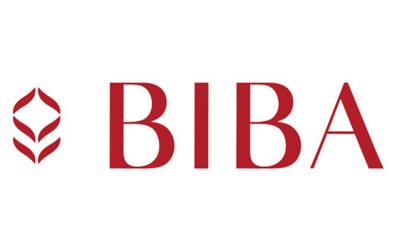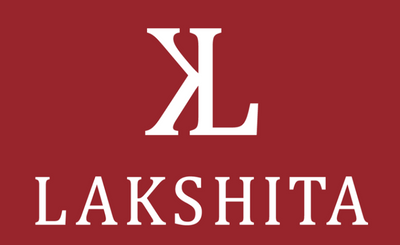
The Reliance Jio Infocomm Ltd juggernaut continues to gather steam. The three months ended 31 December marked the third consecutive quarter of double-digit sequential growth for the telecom firm. With a quarterly revenue of ₹10,383 crore, Jio has in all likelihood overtaken Bharti Airtel Ltd’s India wireless revenue. Most analysts expect Airtel’s third-quarter revenue to decline slightly from the ₹10,250 crore level in the September quarter.
But that is fairly well known. A moot question is whether Jio has also overtaken Vodafone Idea Ltd. The market leader reported wireless revenue of around ₹11,300 crore in the September quarter, and it’s unlikely the revenue would have fallen over 8% sequentially in the December quarter. So perhaps, Vodafone Idea can wear the mantle of market leader for another three months.
But note here that we aren’t comparing apples to apples. Jio’s revenue does not include interconnect fees received from other telcos, while those of its competitors do. Interconnect charges are payable by a telecom operator whose subscriber makes a call to the telco whose subscriber receives the call. While incumbents may claim that these are legitimate charges and must form part of revenue, the fact remains that they will be abolished in less than a year from now. As such, a comparison that excludes interconnect usage charge (IUC) receipts makes sense.

Jio had a revenue market share of around 31.4% in the September quarter using this measure, marginally short of Vodafone Idea’s 31.8% share, according to analysts at Kotak Institutional Equities. With Jio’s revenue having grown in double digits in the third quarter, it would have easily overtaken Vodafone Idea, even if the latter reports flat revenue. Kotak’s calculations involve myriad assumptions and calculations, which are best left alone. But whatever the assumptions, it’s fair to say Jio will be crowned market leader on revenue adjusted for IUC receipts, after incumbents report their third-quarter earnings.
Note that Jio has raced from upstart to market leadership in a little over two years since its commercial launch. As if that wasn’t bad enough from the incumbents’ point of view, they need to prepare for far worse. After all, while announcing third-quarter earnings, Jio told analysts it sees no need to tinker with tariffs. Current tariffs are in a sweet spot, the firm seems to think, as these are supporting double-digit sequential growth and inducing subscriber churn at incumbents.
For incumbents, there is nothing sweet about the current tariff levels. Airtel and Vodafone Idea are running large pre-tax losses already, and the only way out is higher tariffs. Jio’s statement that it is happy with the current tariff levels sent shares of Airtel and Vodafone Idea down 6.5% and 5%, respectively on Friday.
The hope that Jio might raise tariffs to reduce its own cash burn seems to be fading. In the third quarter, it reported a cash profit of about ₹2,500 crore and a capital expenditure of₹14,000 crore, which shows that cash burn remains high. As a result, indebtedness at its parent, Reliance Industries Ltd, has climbed to around ₹3 trillion, or about four times earnings before interest, tax, depreciation and amortization.
But Reliance’s answer to this is to look for opportunities to monetize its tower and fibre assets, rather than raising tariffs and cash flows. Investors should note that such sales involve some give and take. The higher the tower assets are valued, the higher will be the rentals the buyer of the assets demands, as is typical of any sale and leaseback transaction. As such, while debt may reduce a bit, so will profitability.
For now, investors don’t seem to be too bothered by all of this: Reliance shares rose 4.5% on Friday, with investors presumably enthused about the telco arm’s increasing dominance.
The development was reported by livemint.com






